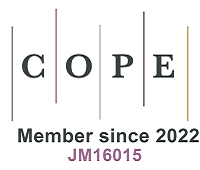fig3

Figure 3. The polarization gradient characterization of PTO(Ni) film. (A) Cross-sectional HAADF-STEM image of PTO(Ni)/NSTO heterostructure, where ∆d represents the distances from the interface; (B-F) Atomic-scale cross-sectional HAADF-STEM images of regions with different ∆d in PTO(Ni) film: (B) ∆d ≈ 2,200 nm; (C) ∆d ≈ 1,000 nm; (D) ∆d ≈ 500 nm; (E) ∆d ≈ 0 nm; (F) ∆d ≈ -500 nm, corresponding to boxes in (A); (G) Experimentally extracted off-center displacements of the Ti ions as a function of the distance from the interface according to B-F. Insets are the schematic illustrations of the average displacement measurement of Ti4+ relative to the center of the four nearest Pb2+ in each of the corresponding regions, where the δc denotes the off-center displacements of Ti4+ along the c-axis. Error bars are indicative of the standard deviations (s.d.) of the displacements; (H) Schematic illustration of the polarization gradient throughout PTO(Ni) film. PS denotes the spontaneous polarization, and Ein denotes the built-in field. PTO: PbTiO3; HAADF-STEM: high-angle annular dark-field scanning transmission electron microscopy; NSTO: Nb:SrTiO3.










